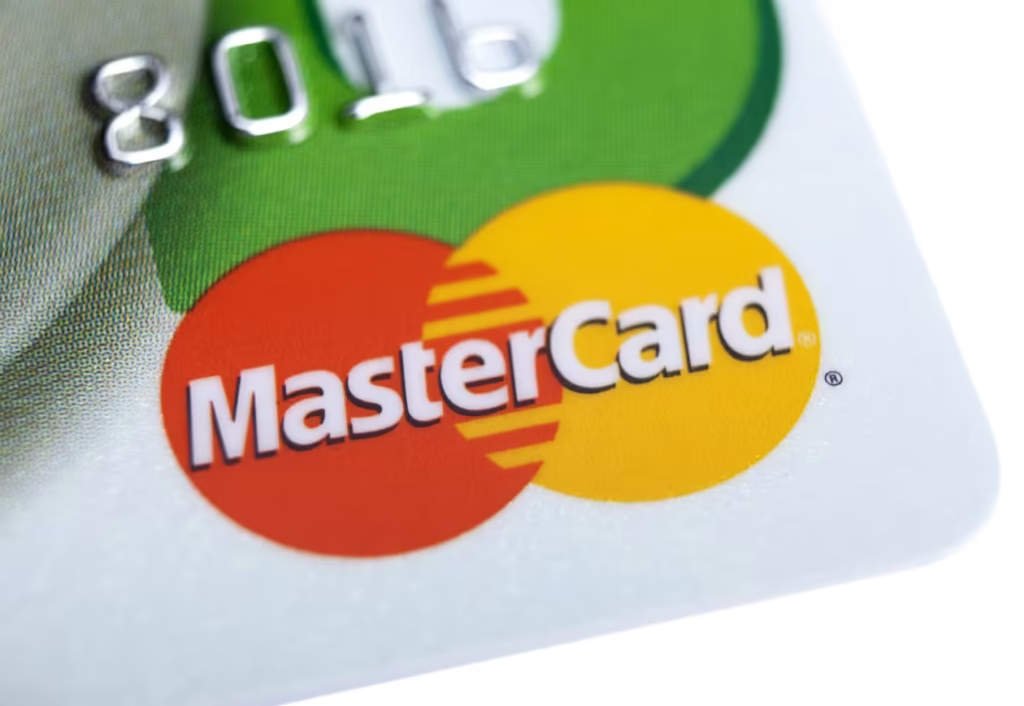Fiserv Inc.’s FIUSD stablecoin is being integrated into a number of Mastercard Inc.’s payment products. Another established financial company is vying for a place at the table as cryptocurrencies gain traction.
In order to enable individuals and businesses to make FIUSD payments anywhere in the globe where Mastercard is accepted, Fiserv (FI) and Mastercard (MA) want to issue stablecoin-linked cards for shared clients.
When compared to the fees that merchants and consumers pay to the Visa Inc. (V) and Mastercard Inc. (MA) credit-card networks, cryptocurrencies were created in part to lower transaction costs. However, those well-established companies are collaborating to offer their own goods.
In part, they are accomplishing this by collaborating with the forerunners in the development and management of digital currencies.
Following Tuesday morning’s opening, Mastercard’s stock increased by 2.7%. The stock of Fiserv increased by 2%.
Despite investor concerns, Jefferies analyst Trevor Williams stated that he is not concerned about stablecoin’s potential to jeopardize Visa or Mastercard’s operations.
“The volume/nature of questions we’ve gotten from investors globally signals the overhang from perceived risks is unlikely to lift near-term,” he stated in a research note issued on Monday.
The same market mechanism that held Visa and Mastercard stocks range-bound in 2021 due to investor concerns about competition from buy-now-pay-later firms and other financial technology competitors may be at work now, Williams added. However, he stated that those worries are baseless.
Williams, an analyst at Jefferies, stated, “We are extremely doubtful that stablecoins will ever be a significant payment method in the United States.”
According to him, stablecoins could, nevertheless, play a number of roles in the conventional consumer payments ecosystem.
Customers in nations with volatile currencies might store the USDC stable coin and use it to make online credit-card purchases connected to their wallet, he said, or Visa and Mastercard could permit the use of their acceptance networks with cryptocurrency wallets.
According to him, US customers could also use a cryptocurrency wallet to pay with USDC or other stablecoins online or at the point of sale.
Fiserv, a conventional backbone provider for financial operations, set the stage on Monday by announcing the launch of its own stablecoin, FIUSD. Banks and other financial organizations could utilize it as a white-label cryptocurrency product for their own stablecoins under their own brands.
The company is collaborating with privately held Paxos Trust Co. LLC, a virtual currency marketplace, and Circle Internet Group Inc. (CRCL), a stablecoin issuer whose stock has surged since its June 5 IPO. Additionally, in order to “build future interoperability” between FIUSD and the PayPal USD, or PYUSD, stablecoin, it is collaborating with PayPal Holdings Inc. (PYPL) to enable businesses and consumers to transfer money both domestically and abroad.
After rising 76.6% during the previous three sessions, Circle Internet’s stock fell 1.5%, and PayPal’s price gained 1.9%.
Since the U.S. Senate passed its version of the Genius Act last week, which establishes a regulatory framework for stablecoins, investors have become more interested in stablecoins.
In comparison to the current financial system, stablecoins, which are backed by conventional currencies, provide faster transaction settlements and less expensive international transfers.
According to Mastercard, FIUSD will be available to more than 150 million retailers worldwide.
The goal of Mastercard, according to Chiro Aikat, a co-president, is to create “a robust ecosystem that bridges traditional financial services with digital assets.”
According to Takis Georgakopoulos, operating chief of Fiserv, the company’s partnership with Fiserve “is promoting greater reach and utility of stablecoins by helping our financial institutions and merchants enable greater payments choice to their customers.”
Mastercard and Fiserv stated that they will investigate methods to address “real-world challenges and opportunities” for stablecoins, including:
A more effective way to ramp up and down finances. Customers and organizations would be able to switch between FIUSD and traditional currencies with ease thanks to this.
Assisting retailers to switch to FIUSD in a way that “not only expands choice but also enhances operational efficiencies and delivers a seamless payment experience.”
In order to “bring off-the-shelf support for programmable, on-chain commerce for banks,” the businesses stated they were granting FIUSD access to Mastercard’s Multi-Token Network (MTN).
Through the Mastercard One Credential program, customers will be able to “flexibly choose the payment type of their choice from debit, credit to stablecoin balances.”
As of Monday, Mastercard’s stock had increased 3% in 2025, compared to an 8.8% increase in shares of rival Visa and a 2.4% increase in the S&P 500 index SPX.





